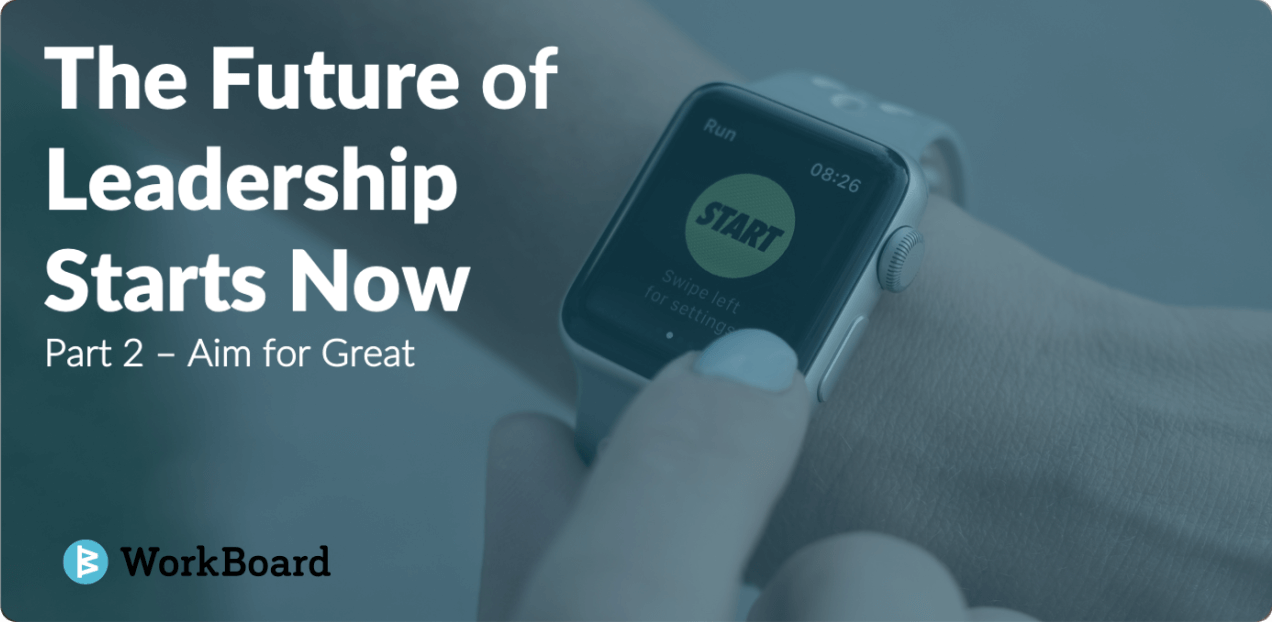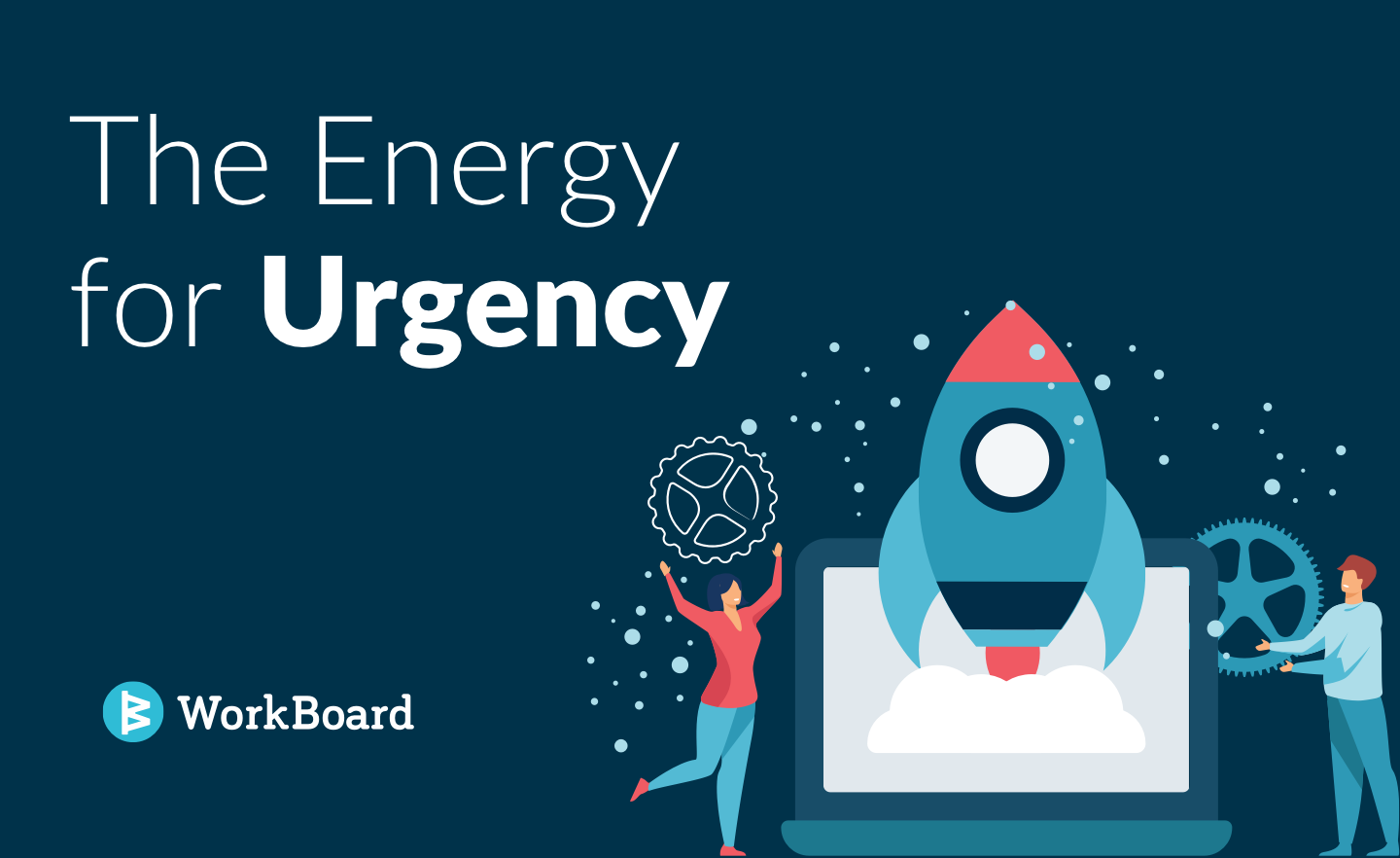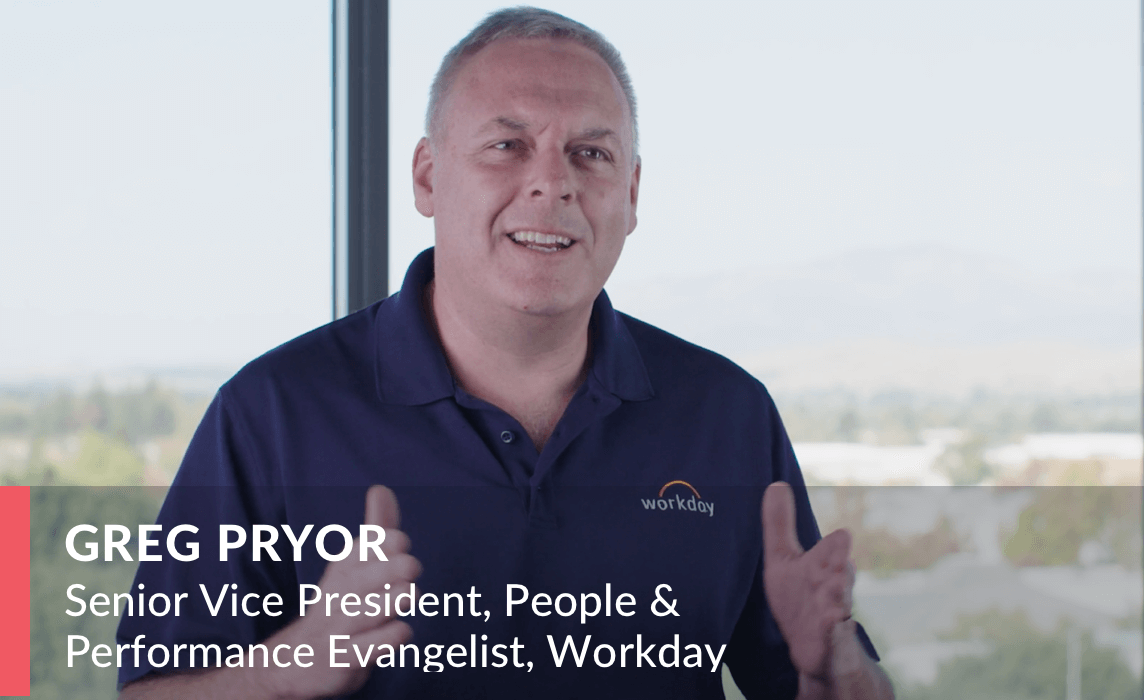
This is the second in a Future of Leadership series. Read Part 1 »
Most management models weren't built for speed or fast change. But today, these are the only two things an organization can take for granted. New business and technology cycles are faster, the changes are bigger. Digital transitions we once believed would take years took just a month in Spring 2020, and our organizations absorbed the shift despite the old narrative that workforces couldn't tolerate fast change. What we should take away from 2020 is that our organization’s pace — its ability to move at speed — is often a self-imposed speed limit. Our narrative and management models set these limits, and it's time to revisit them.
As you look for ways to remove friction, respond to disruptive opportunities, and accelerate outcomes, your management model and approach to strategy are good places to start. Their speed sets your organization’s pace and their byproducts are self-imposed speed limiters that are ingrained into the culture. Today, I'll cover the first of six limiters — Predictability Bias — and discuss the rest in the coming days in a series on the Future of Leadership.
Predictability bias is a by-product of public market financial reporting. It creates a dynamic where organizations identify, organize around and manage to their most predictable results. Mature enterprises traditionally managed and organized for high certainty, which largely worked in a slower-moving, seldom-disrupted world. Today, it comes at the expense of ambition. Disruptive growth companies have the opposite bias: They optimize for ambition in the face of uncertainty.
Predictability Bias: Unspoken Bias to Mediocrity
Financial predictability is important. But when every part of the business organizes for and focuses on their most predictable results — what they know for sure they can do — they never identify, focus or drive to their best possible results. What’s more, as people bias toward that certainty, they inevitably lower the target.

The mantra “under promise and over deliver” reinforces the bias. Mediocrity rather than ambition become the norm. The unintended consequences of this hazard stall innovation and ideas:
- Teams organize, prioritize and plan for the "under promise" and the tradeoffs to achieve great outcomes are never considered or made
- People are rewarded for aiming low and feel penalized for aiming high, training them to play it safe rather than be bold
- Imagining what great looks like is a lost art and lost opportunity
Tap the Well of Ambition Within
Instead of aiming for safety, aim for great. That’s how vision and bold growth are achieved! When we articulate what our best possible results look like, only then can we organize, rally and drive toward them — and we simplify the tradeoff of less valuable but competing efforts. The approach creates both relief and purpose, which our workforces need more now than ever.
Ambition is invigorating, but you'll need leadership fortitude if it takes a while to restart its stalled engine. Your management model should embed ambition into the organization's fabric instead of squashing it out. It should give teams a language, framework and the power to define and organize for their best possible outcomes and to learn from their reach so the company grows and innovates faster. When the organization aims for awesome, it unlocks its full potential for breakthrough speed, innovation and growth.
Make ambition and learning the safest choices your teams can make. Tomorrow, I'll cover another self-imposed speed limit in this Future of Leadership series — confusing activity with value — and I'd love to hear your experience.
Continue to Part 3: Embrace an Outcome Mindset™ »
Like it? Get more and share!









